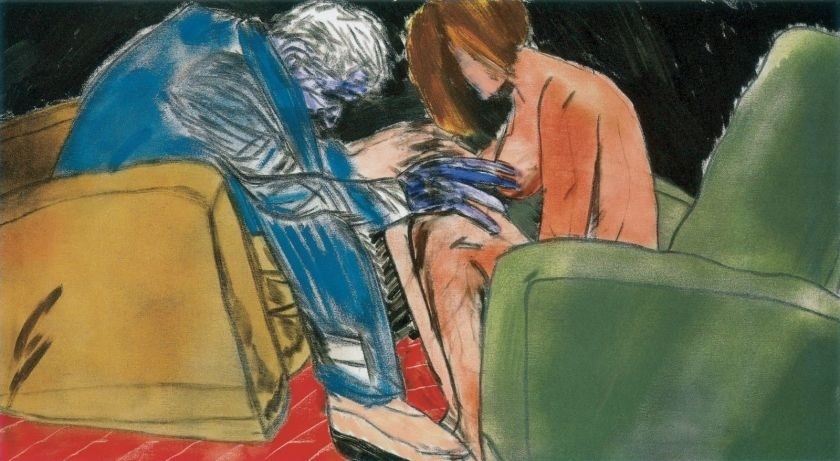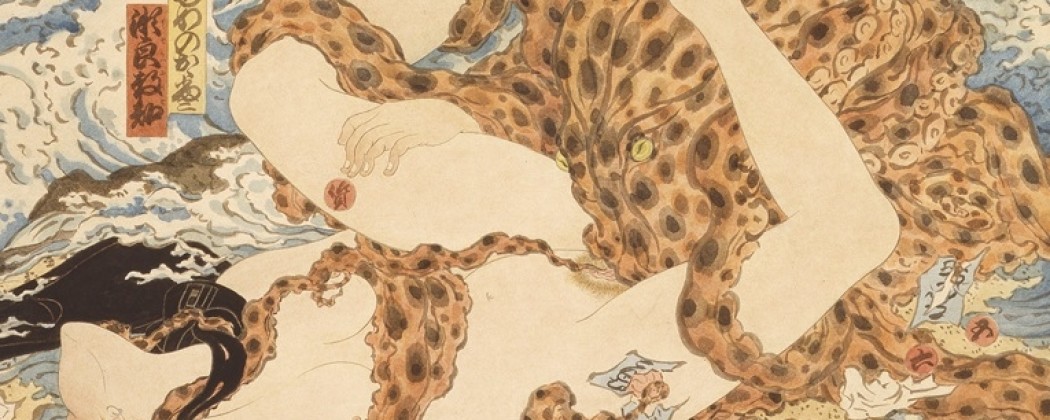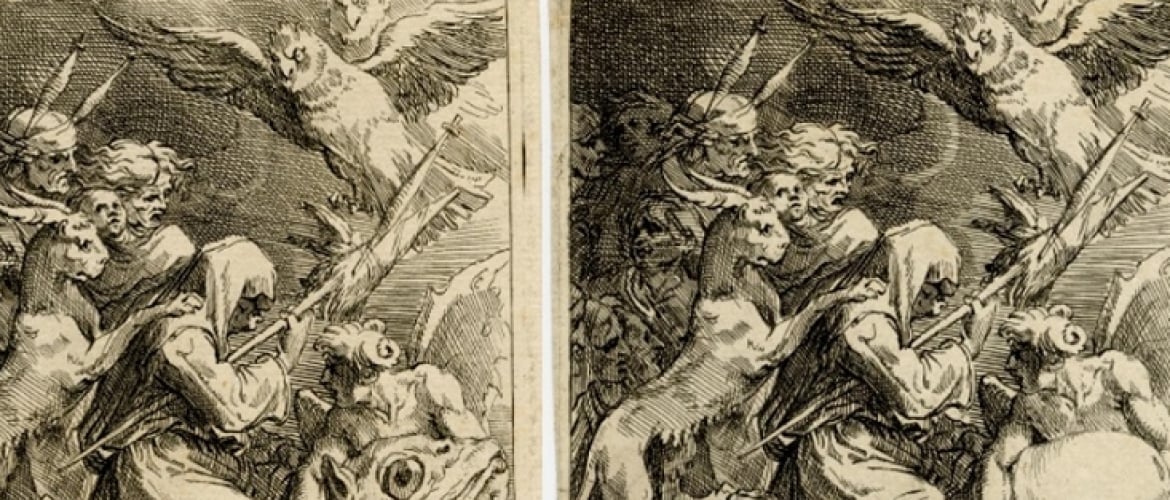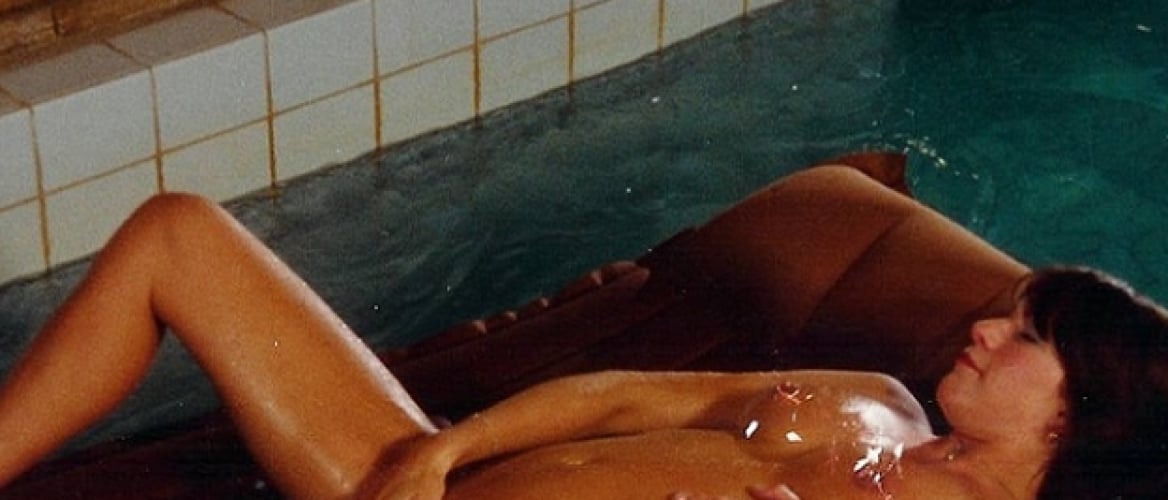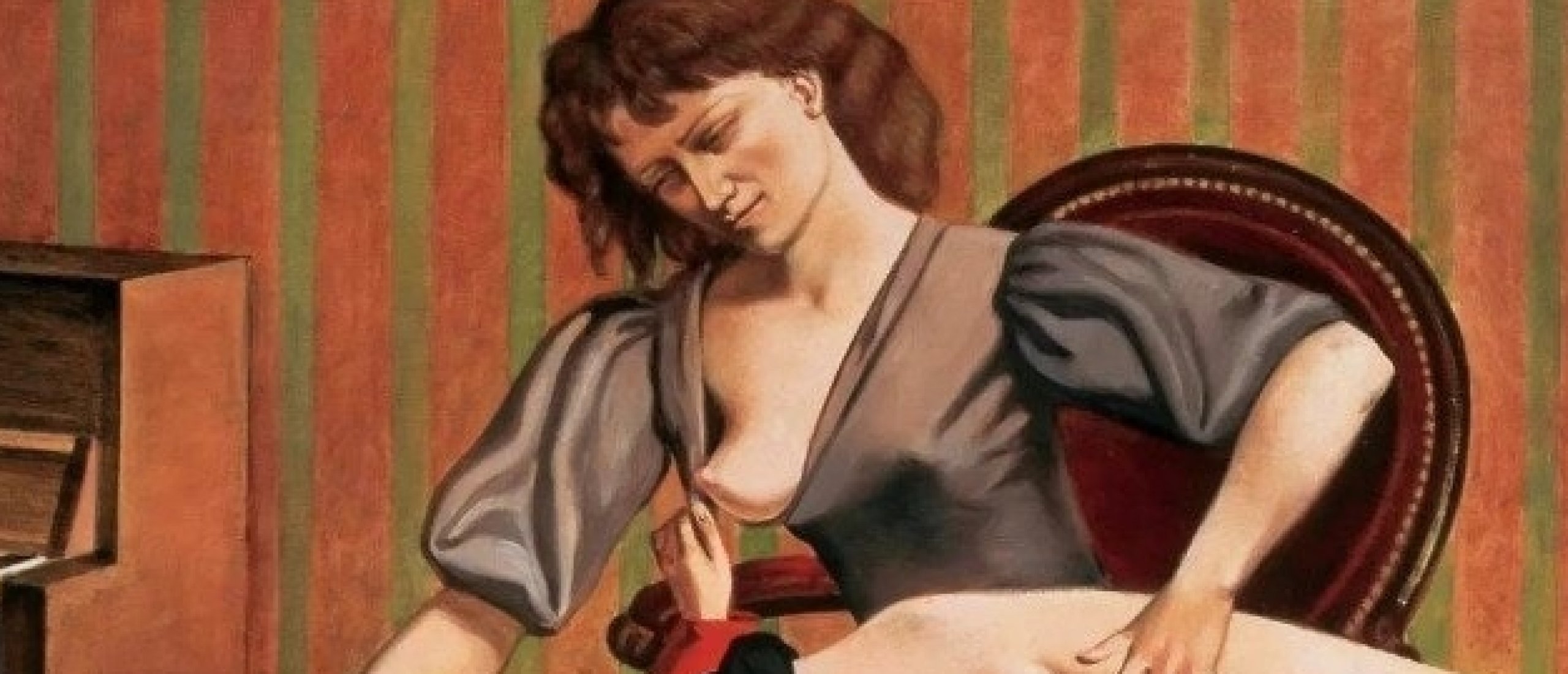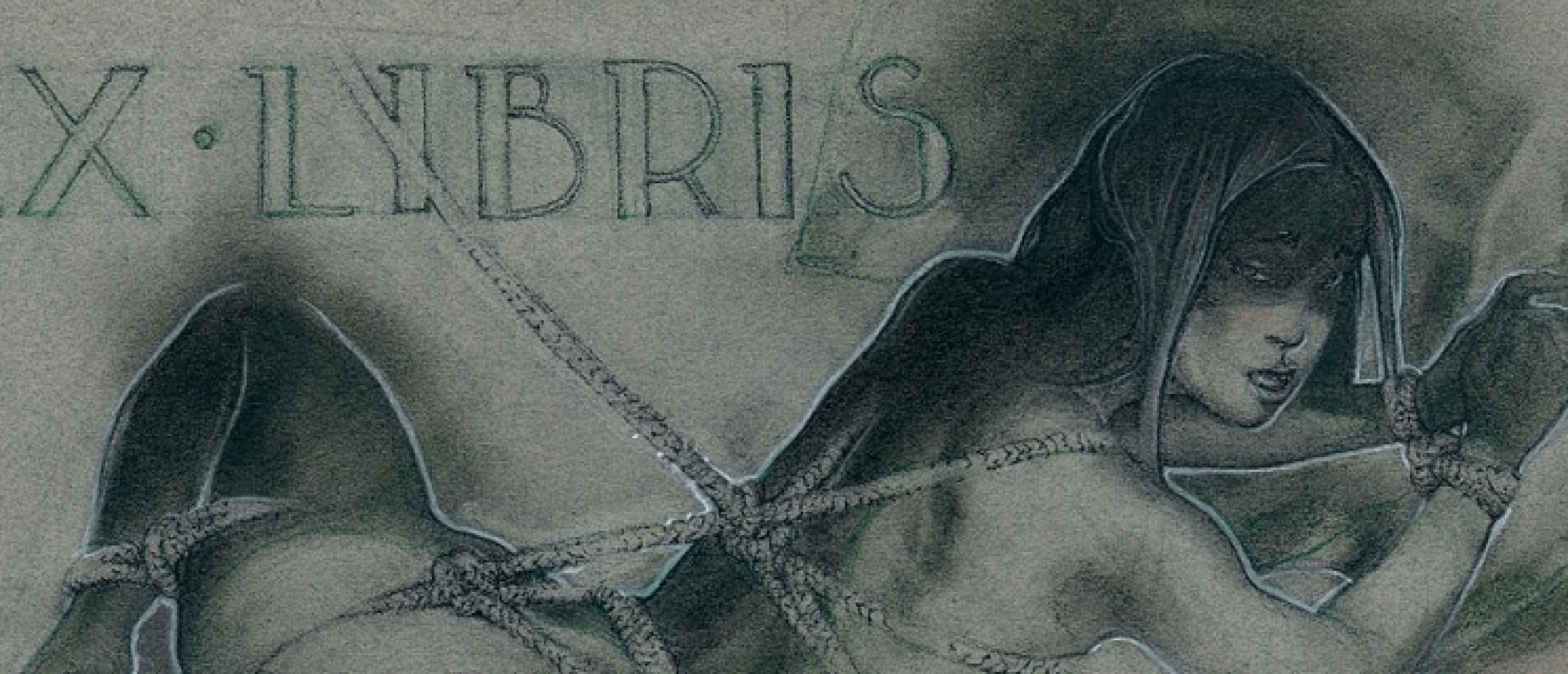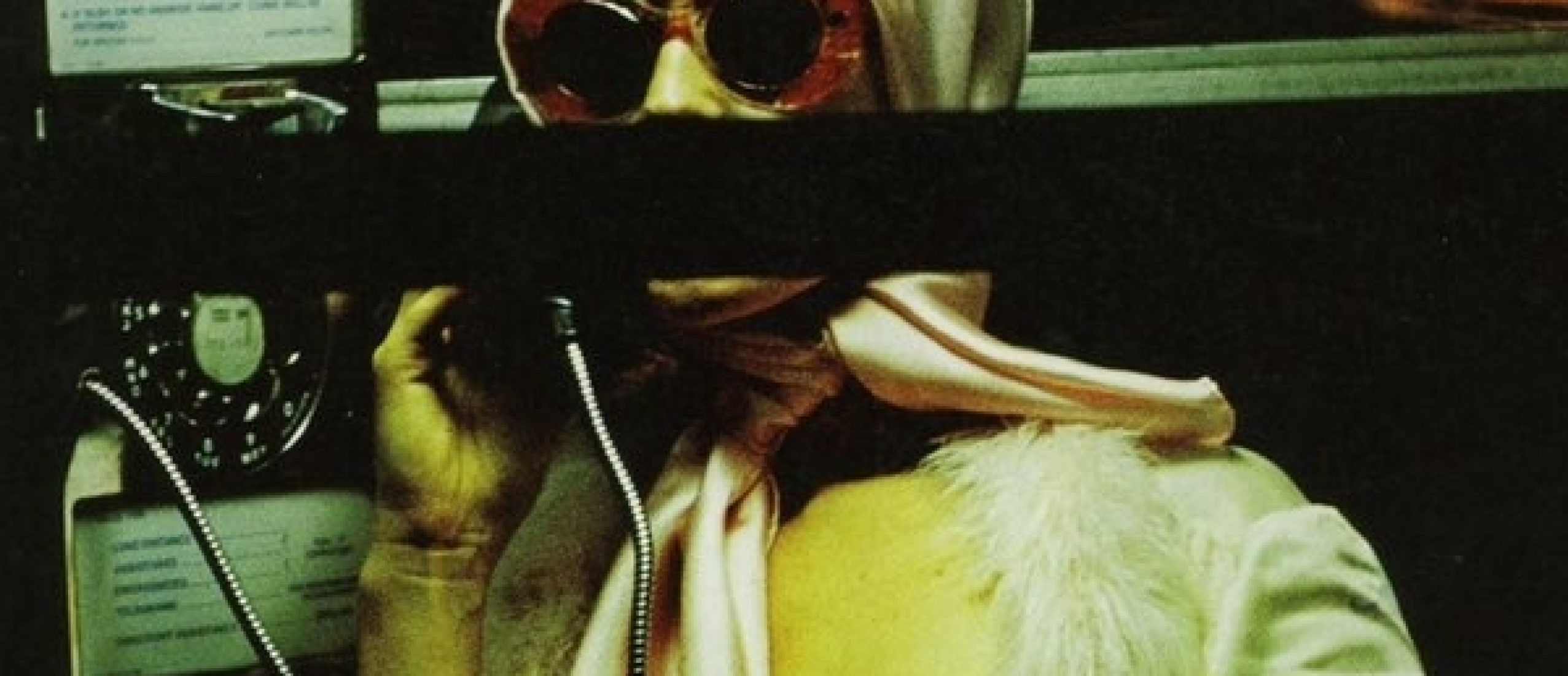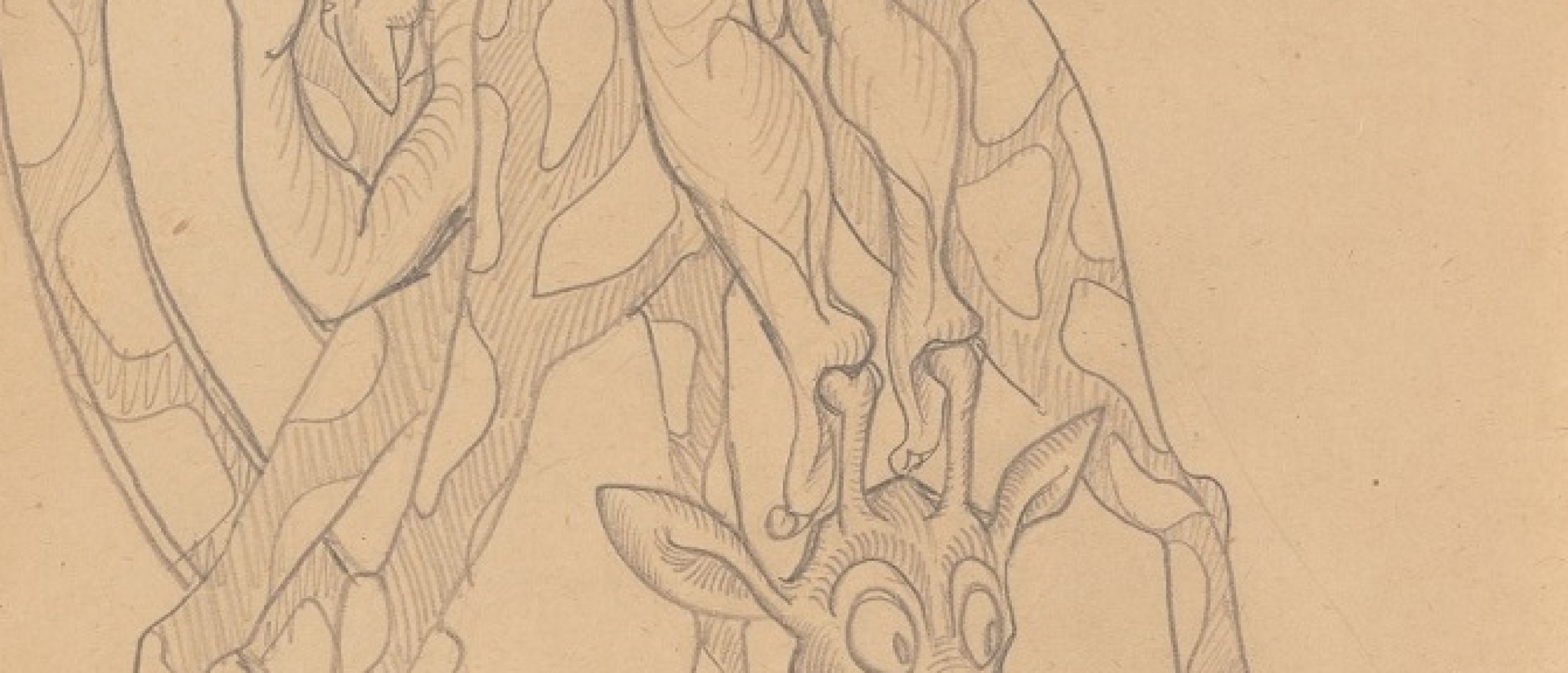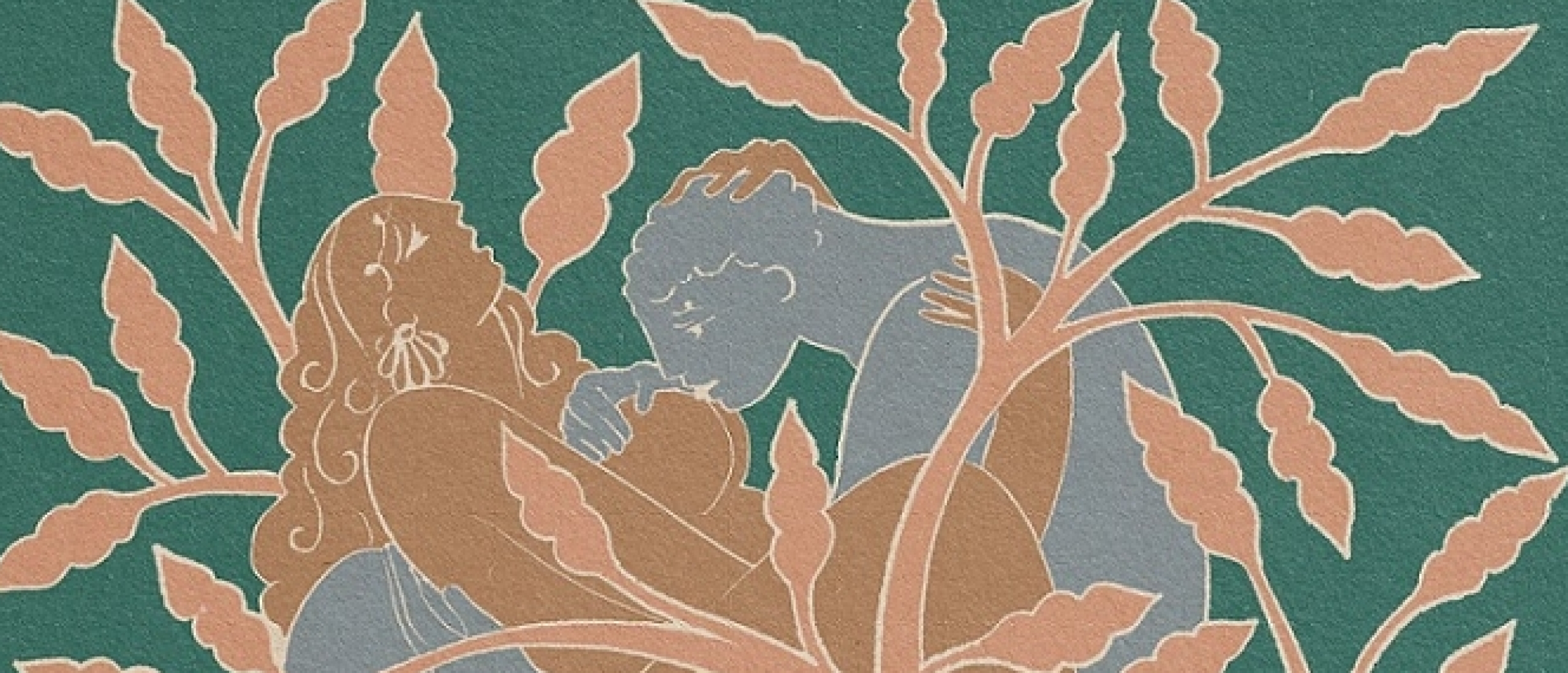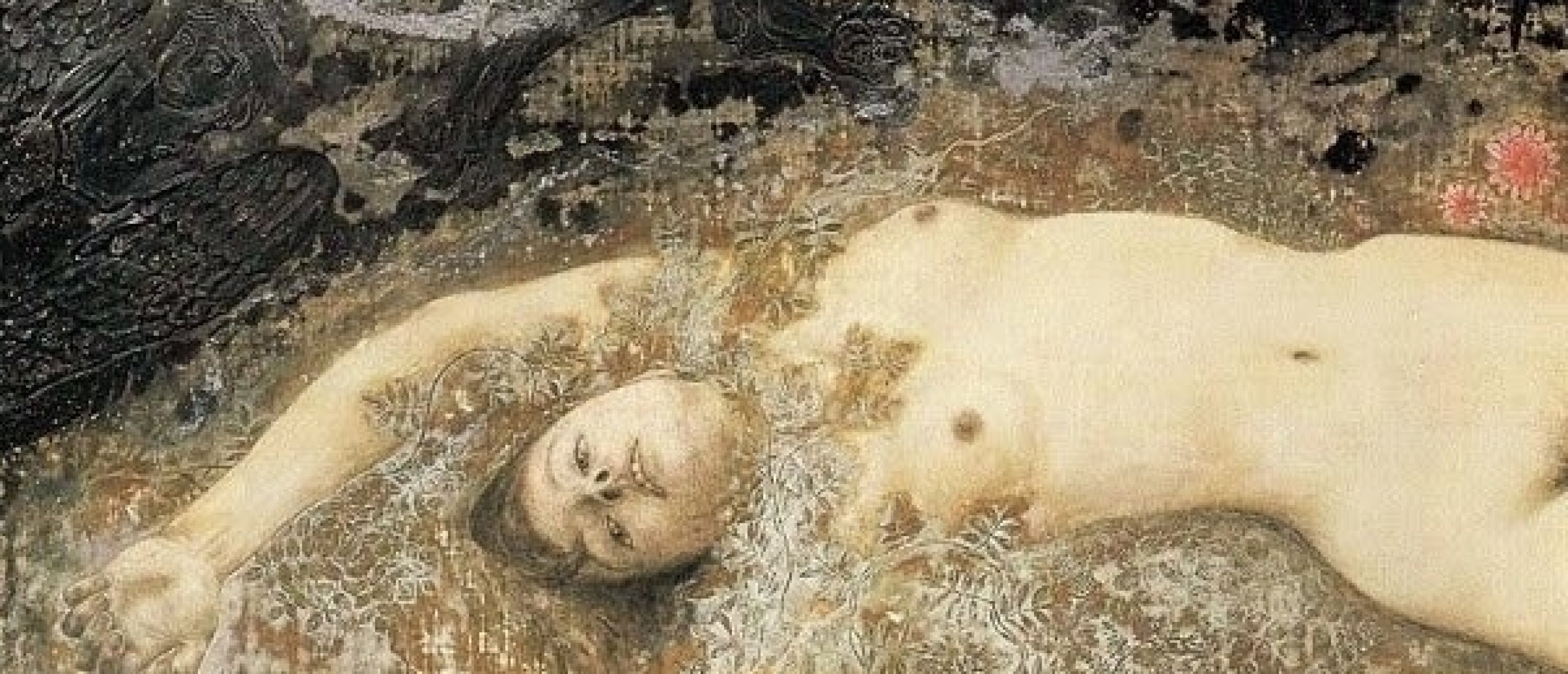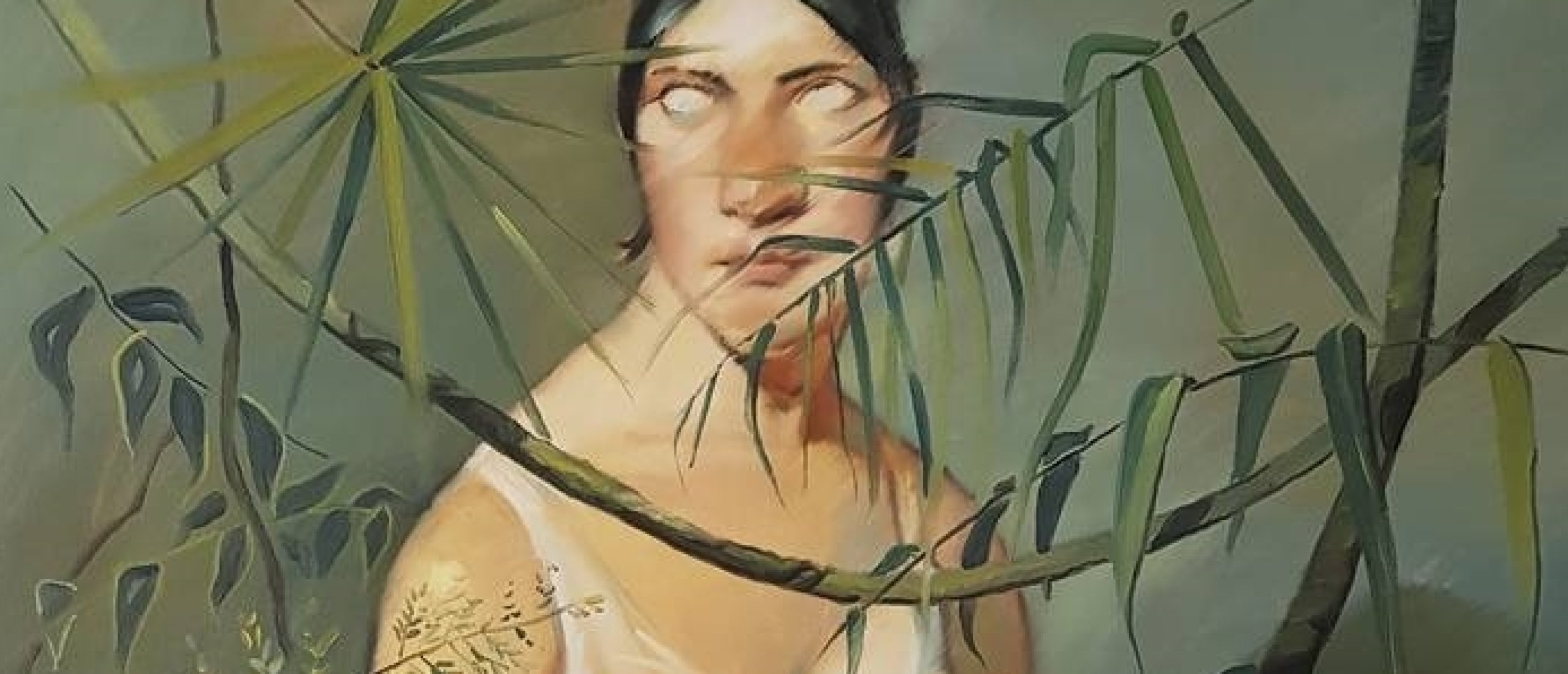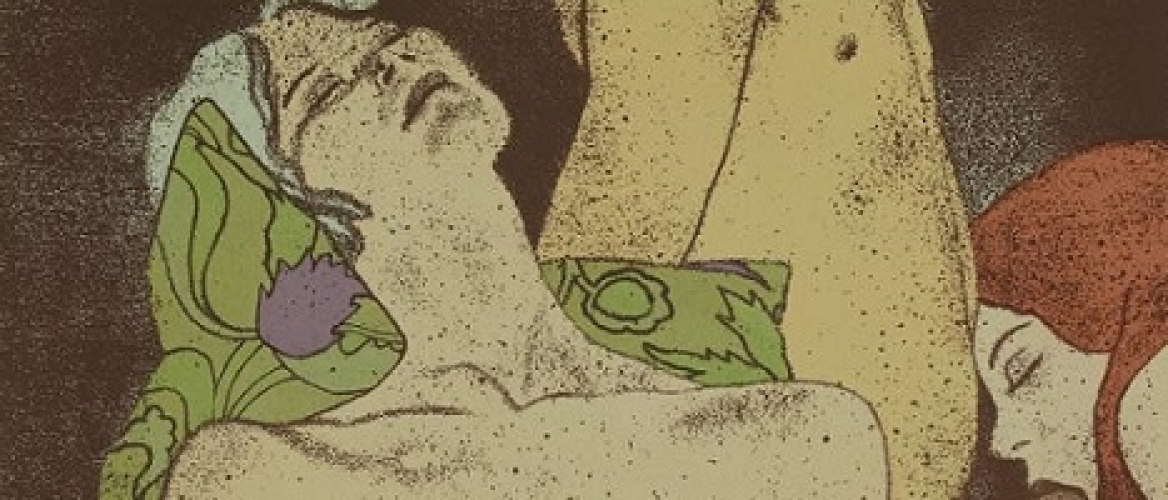
Ronald Brooks Kitaj (1932-2007) was an American painter and printmaker with Jewish roots. He studied fine arts at the Ruskin School of Drawing and Fine Art in Oxford and afterward classified himself as a representative of the “School of London” (the formula he invented to describe artists such as Francis Bacon, Lucian Freud, himself, and some other painters). The first comprehensive exhibition of Kitaj’s works organized in 2012 was entitled Obsessions. These obsessions were his Jewish origin and Jewish culture, human sexuality, and eroticism.
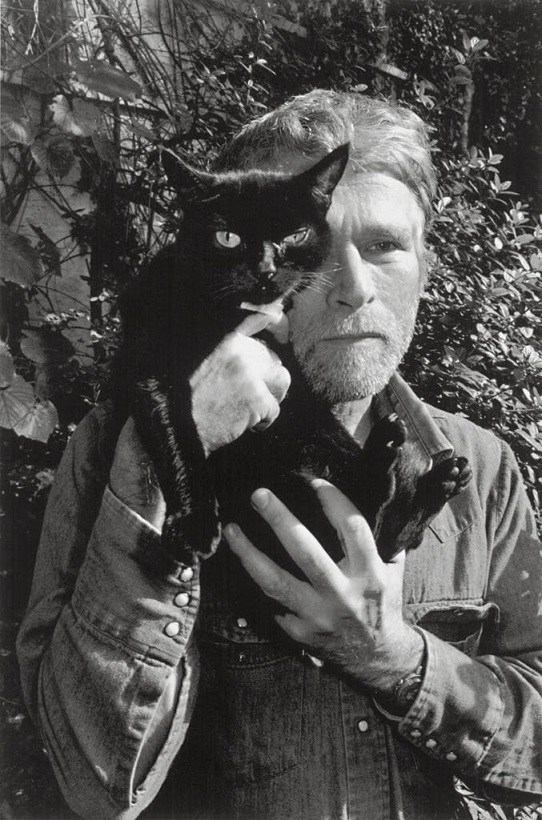
Fig. 1. R. B. Kitaj with his cat (apollo-magazine.com)
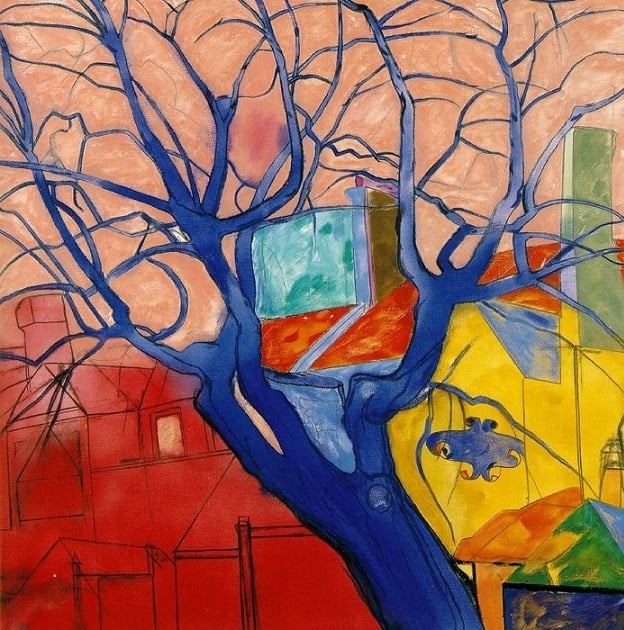
Fig. 2. The Oak Tree (all-art.org)
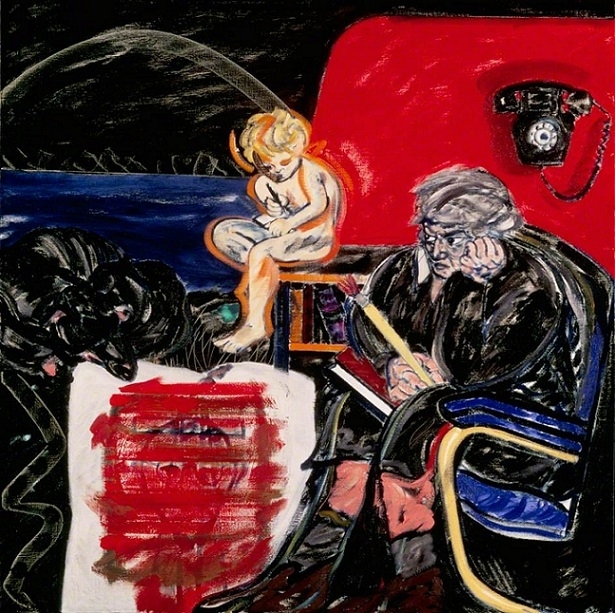
Fig. 3. Melancholy after Dürer (artuk.org)
Hunger Upside Down
Kitaj was born in Ohio, USA, in the family of the Hungarian Sigmund Benway and the American-born daughter of Russian-Jewish immigrants. Benway left the family shortly after Ronald was born, and, in 1941, his mother married Dr. Walter Kitaj, a Viennese refugee who worked as a research chemist. The future artist took his name. Both Walter Kitaj and Ronald’s mother were non-practicing Jews. Ronald received primary education at Troy High School in New York and, at the age of 17, became a seaman on a Norwegian freighter. The character of Hamsun’s Hunger (1890) wrote articles on art not to die starving and eventually signed on to the crew of a ship to leave behind hiü vain intellectual activity. Kitaj, on the contrary, realized his ambition to be an artist ‘on a Norwegian cargo ship […] slipping out of New York harbor at night, bound for Havana and Mexican ports in the summer of 1950’ (apollo-magazine.com). After this insight, he enrolled at the Academy of Fine Arts Vienna, then studied at the Cooper Union in New York City in the first half of the 1950s. Then there was a two-year gap when Kitaj did military service in the US Army, and, after this, he continued his art education at the Ruskin School of Drawing and Fine Art in 1958-59, which we mentioned above. There he discovered Cezanne. The last place where he studied at the beginning of the 1960s was the Royal College of Art in London. There he made friends with painter David Hockney and philosopher Richard Wollheim.
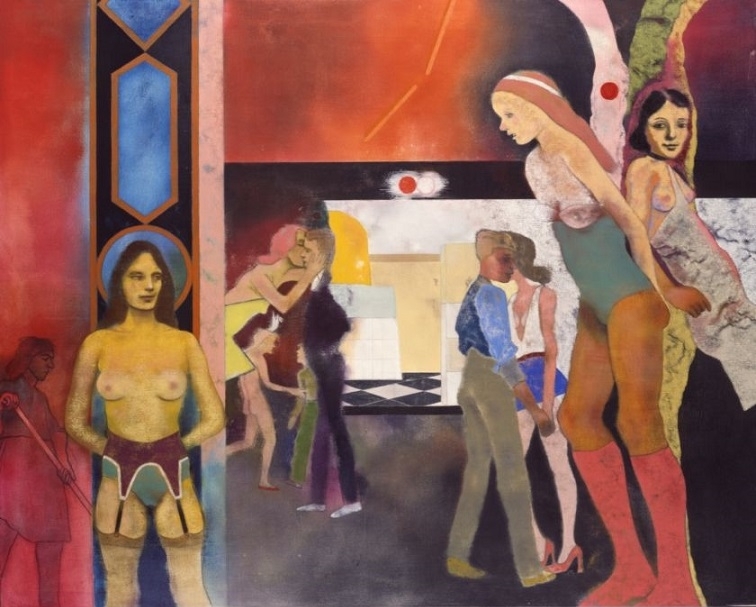
Fig. 4. Frankfurt Brothel, 1978 (rbkitaj.org)
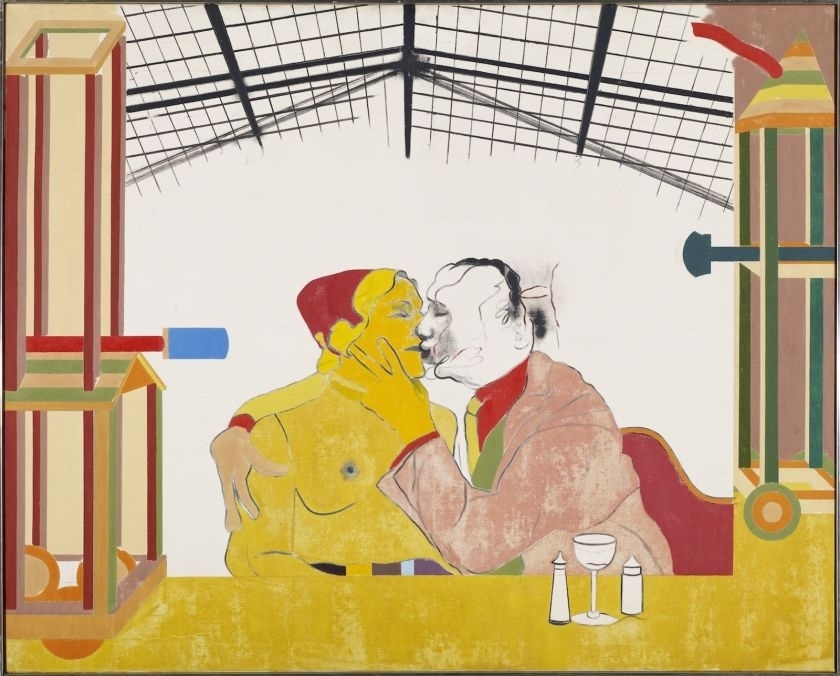
Fig. 5. Where the Railroad Leaves the Sea, 1964 (rbkitaj.org)
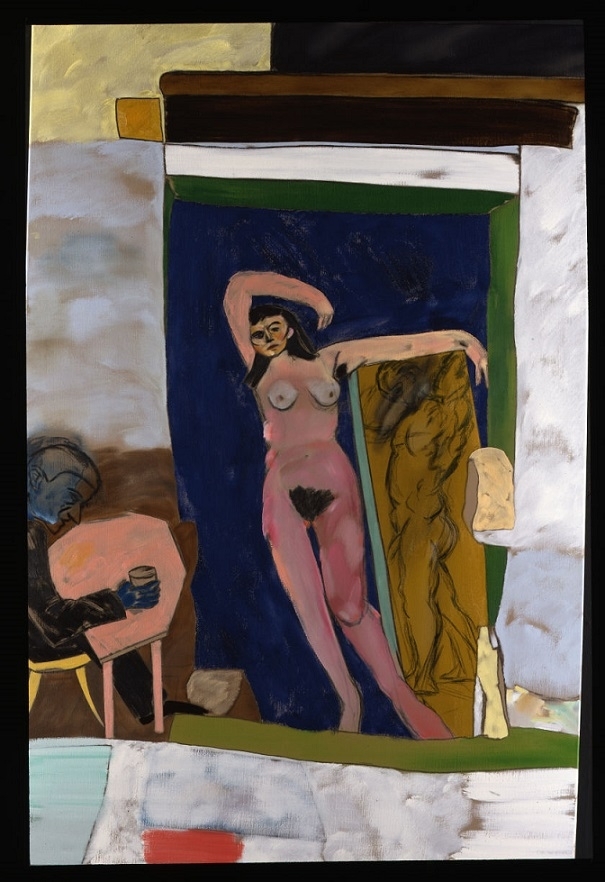
Fig. 6. Paris, 1993 (rbkitaj.org)
